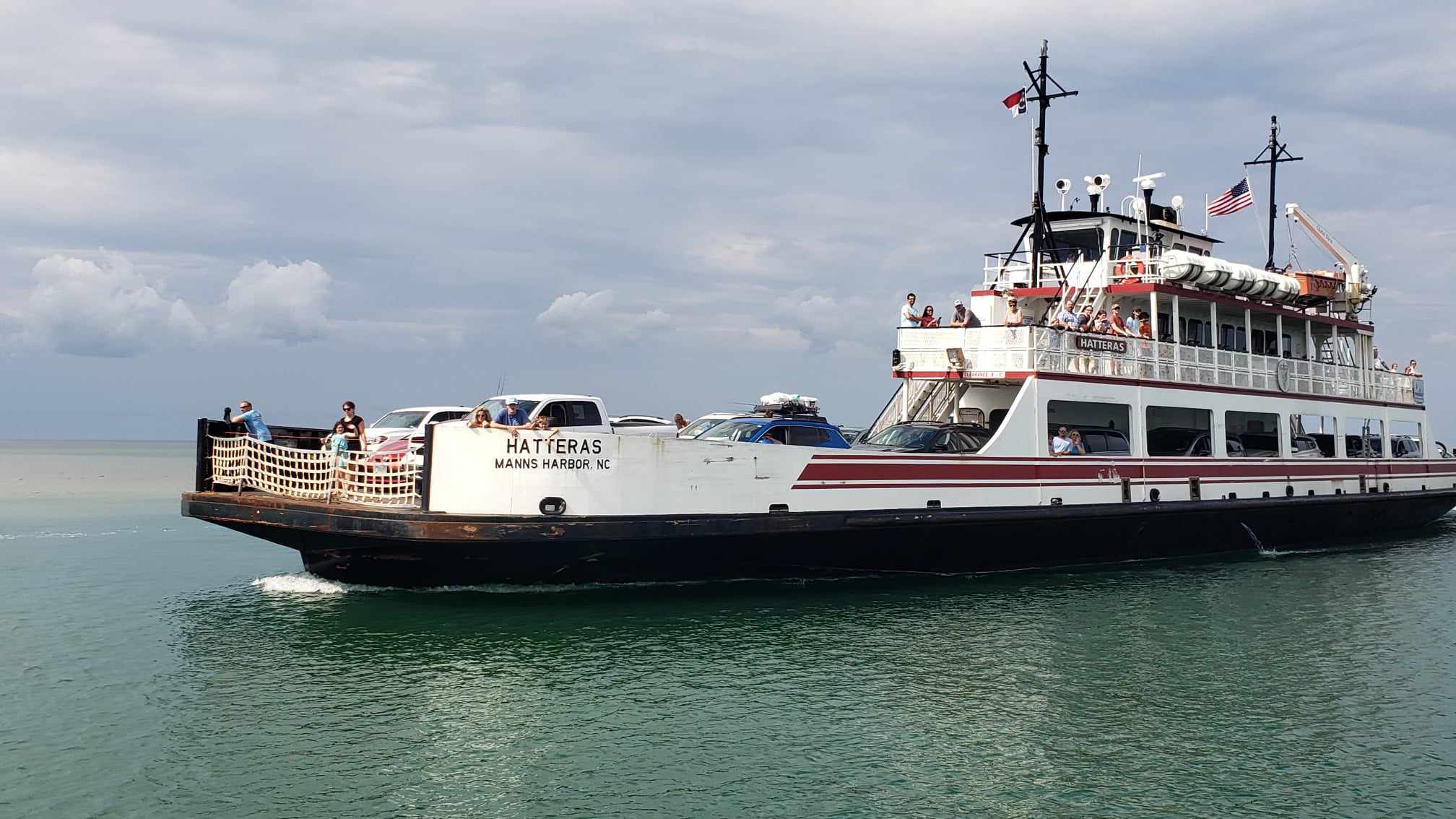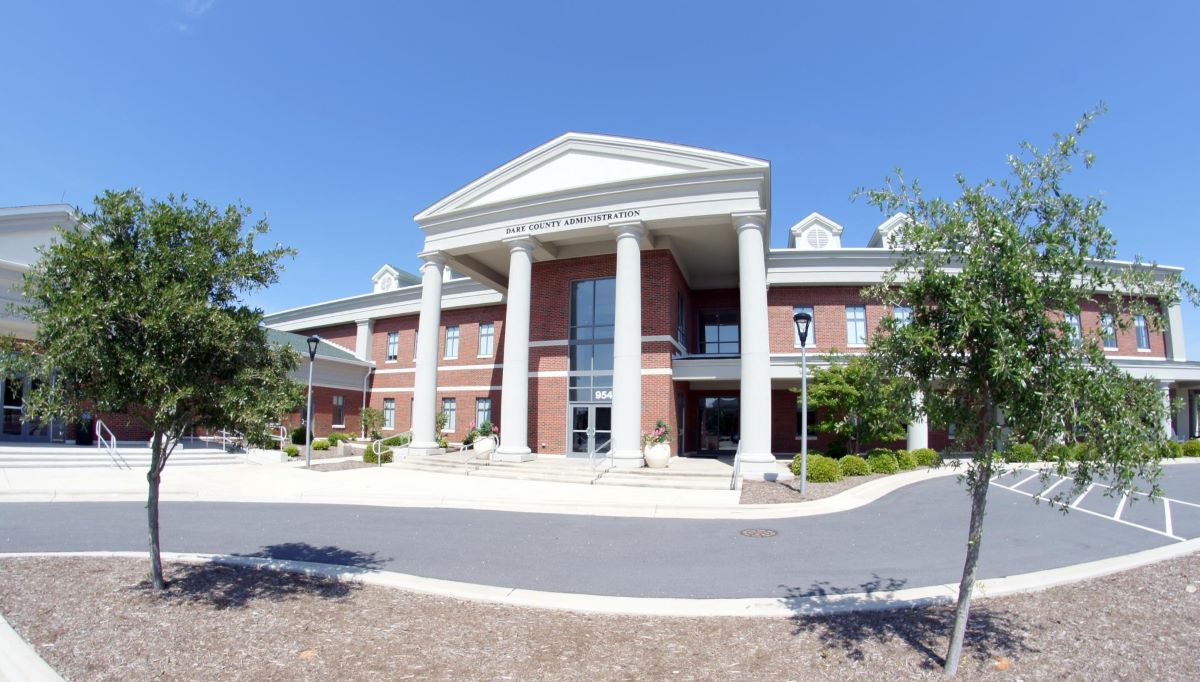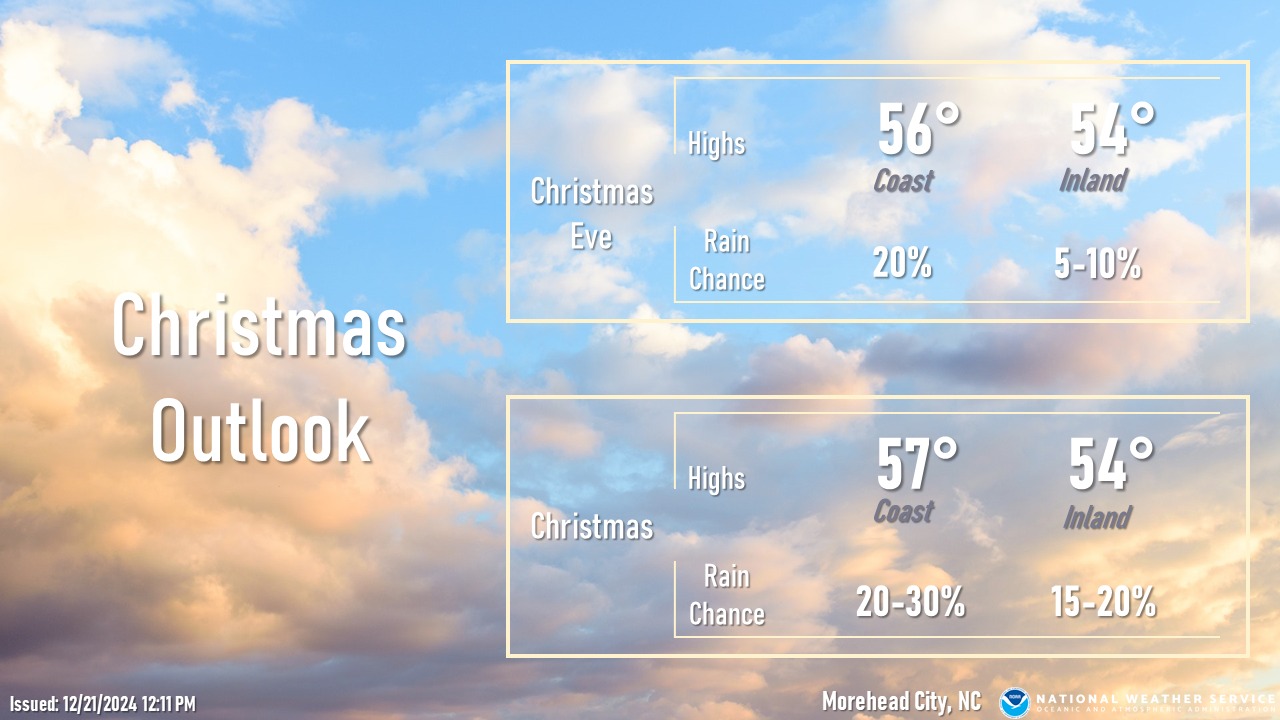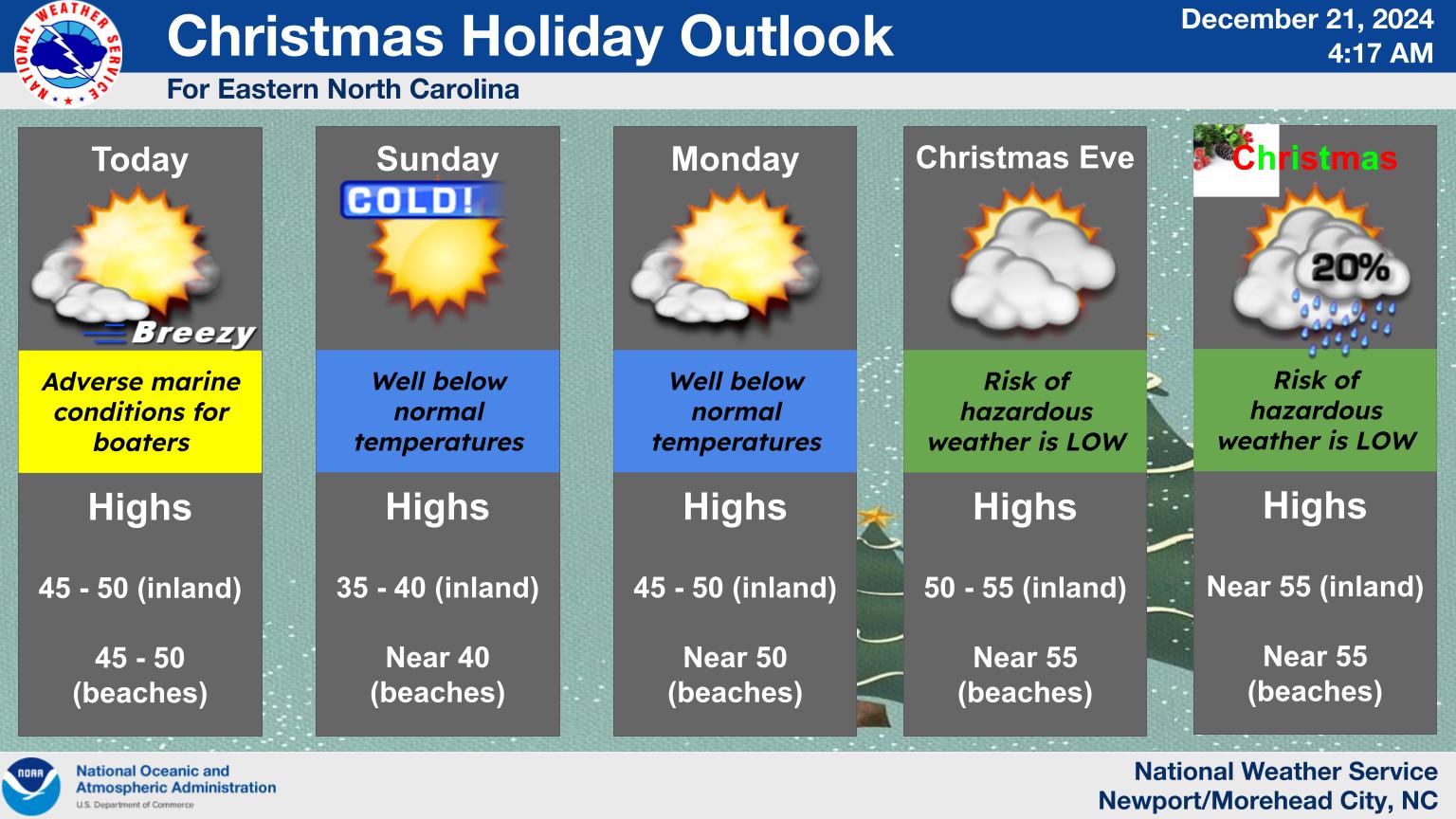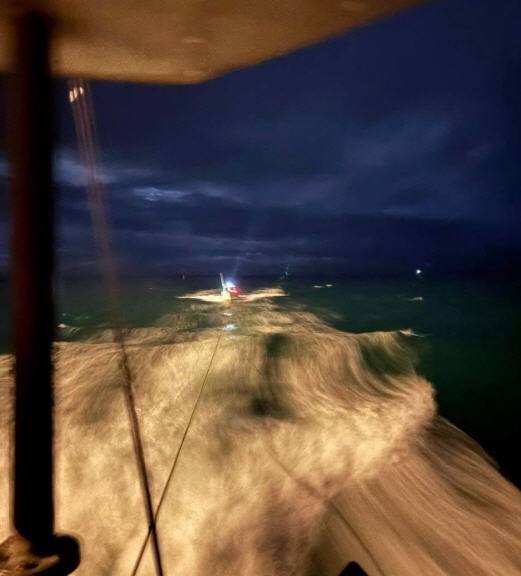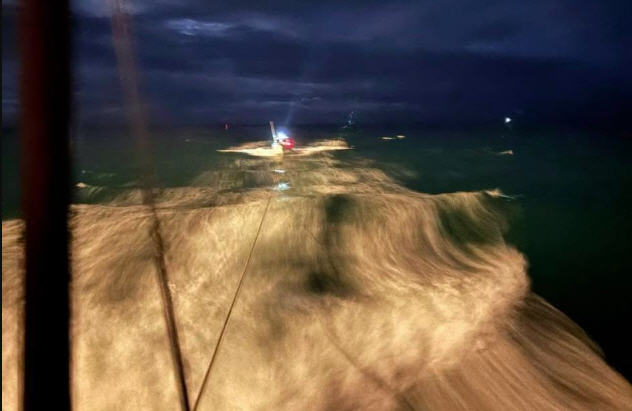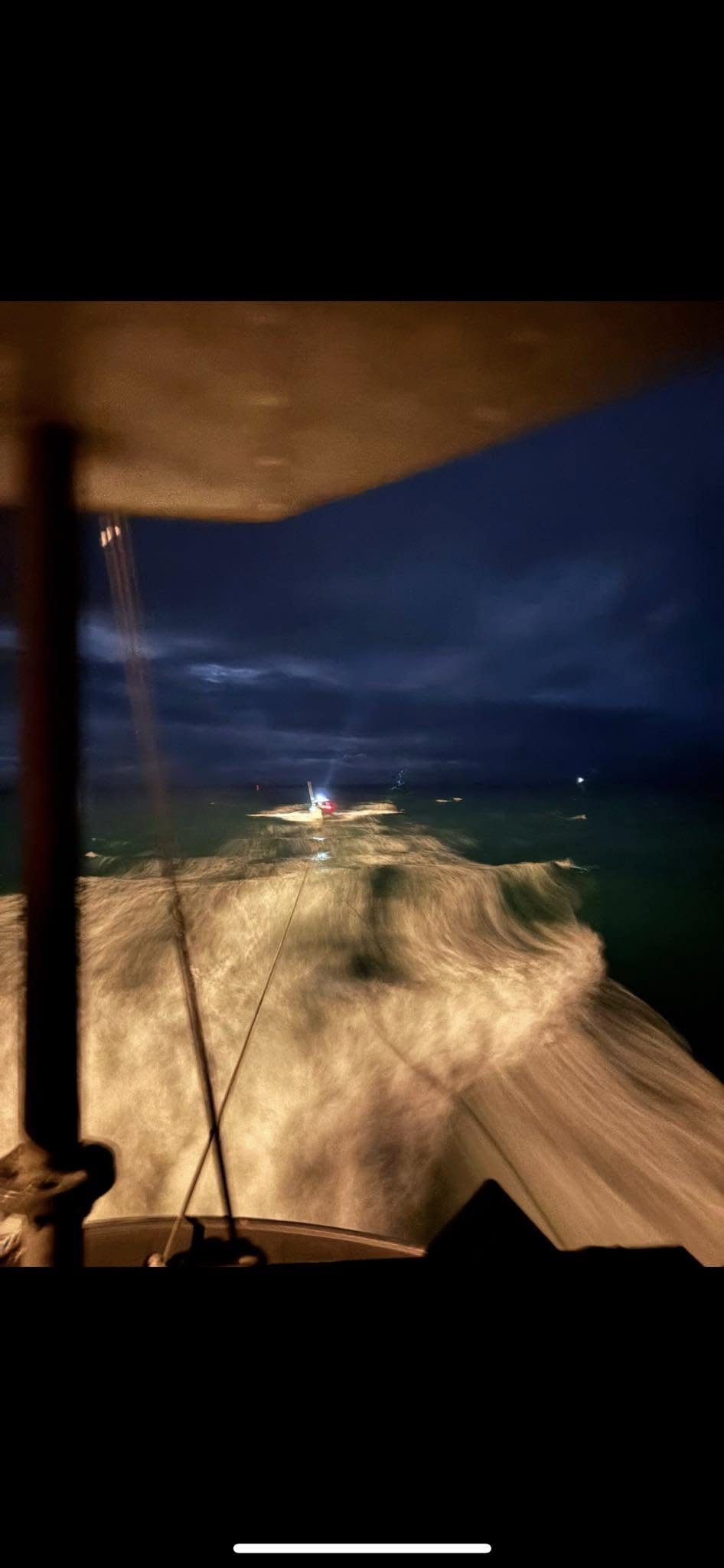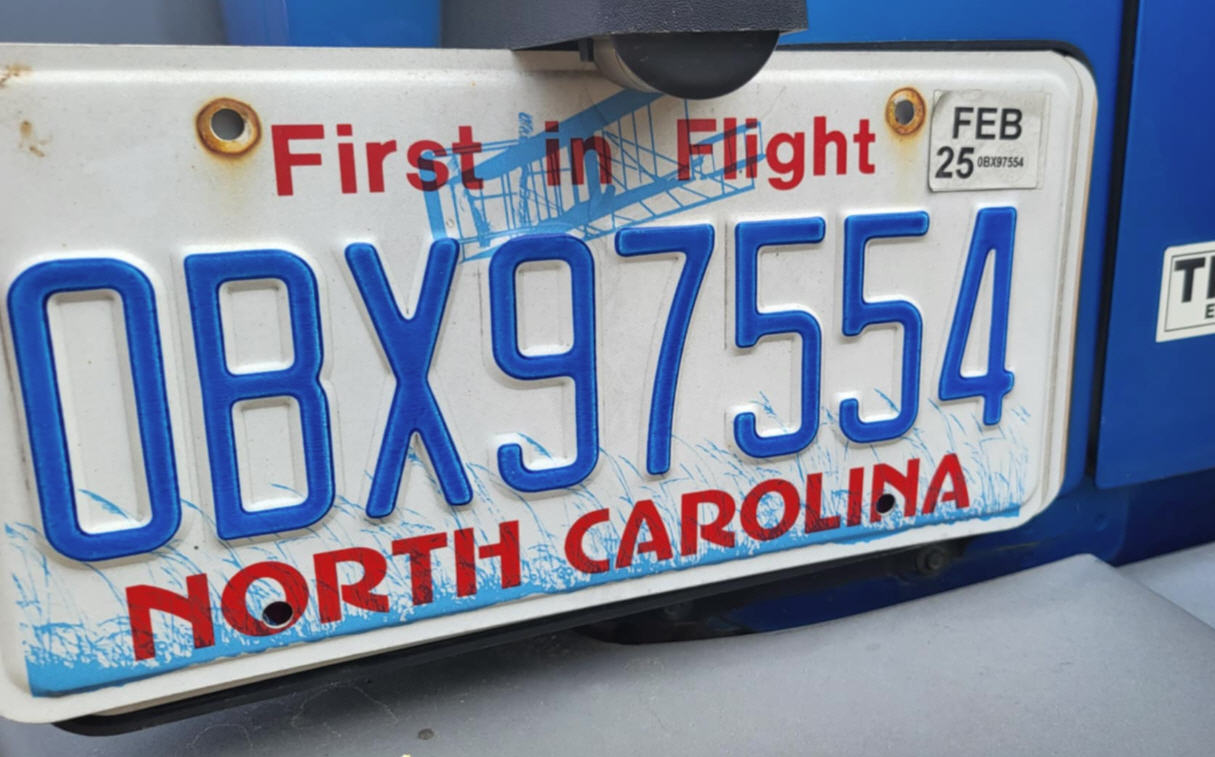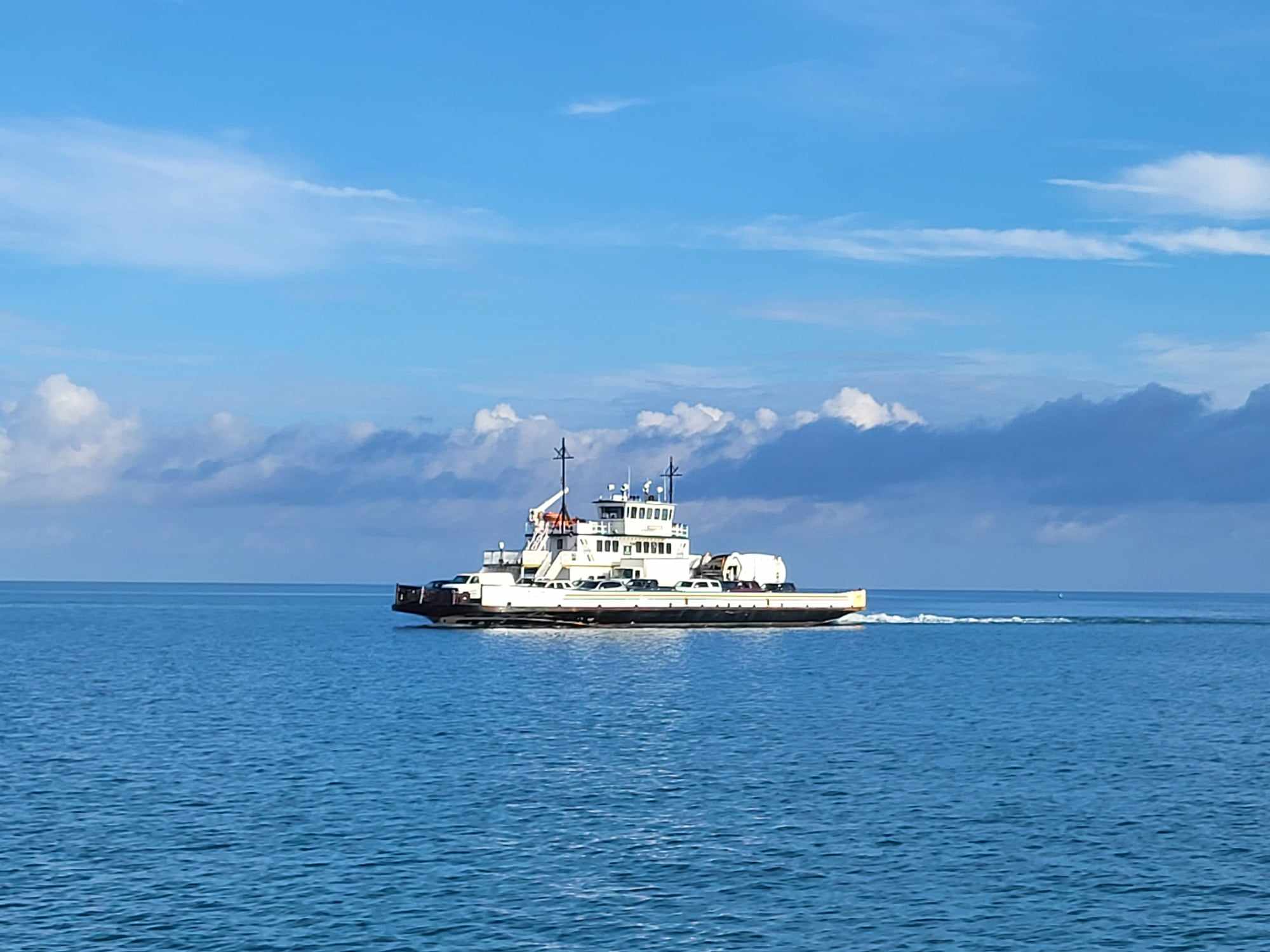Lawsuit Aimed to Block Construction of Jug Handle Bridge Dismissed
A lawsuit filed in February 2017 that aimed to stop construction of the 2.4-mile “Jug Handle Bridge” north of Rodanthe has been dismissed by a federal judge.
The initial behind-the-scenes steps of the project are already underway, with permitting and right of way acquisitions being put into place, and staging being set up near the bridge’s southern terminal in soundside Rodanthe.
The 2017 lawsuit was filed by Save Our Sound OBX Inc. and six individual plaintiffs against the NCDOT and the Federal Highway Administration, and argued that the bridge’s Record of Decision – the final step in the review process – was unlawful because the required extensive environmental review was not done. NCDOT was also joined in defending the construction of the bridge by the Defenders of Wildlife and the National Wildlife Refuge Association, which were represented by the Southern Environmental Law Center (SELC).
The two groups, represented by the SELC, had previously sued NCDOT to try to stop replacement of the Bonner Bridge and other N.C. Highway 12 projects before the Bonner Bridge project officially broke ground in 2016. The environmental groups and NCDOT and the Federal Highway Administration reached a settlement on this lawsuit in June 2015.
Part of that 2015 settlement included NCDOT identifying the bridge out into the sound, (the Jug Handle Bridge), as its preferred alternative in north Rodanthe, and asking the merger team – a group of state and federal agencies involved with studying and permitting the bridges – to make it the selected alternative. In multiple public comment sessions and studies, the Jug Handle Bridge was also identified as a preferred option over several previous proposals, which included a 17-mile long bridge that was too costly, and an elevated bridge that followed N.C. 12 but which was deemed an eyesore by public commenters, and which was dropped by the NCDOT due to its exposure to ocean flooding.
In the 46-page ruling, U.S. District Court Judge Louise Flanagan dismissed the plaintiff’s claims that NCDOT’s decision to build the Jug Handle Bridge was made without careful study and was predetermined by the earlier settlement with the environmental groups.
The Jug Handle Bridge is slated to be open to traffic by late 2020.
The project was first proposed in response to severe beach erosion at the “S-Curves” in north Rodanthe, particularly after Hurricane Irene in 2011 and Hurricane Sandy in 2012.
After public comment periods, NCDOT identified the 2014B Bridge on New Location Alternative as the preferred alternative in the revised Environmental Assessment – approved by the Federal Highway Administration on May 24, 2016.
In January 2017, the N.C. Department of Transportation awarded a design-build contract to Flatiron Constructors, Inc. to build the $145 million Rodanthe Bridge. The bridge earned its “jug handle” moniker from its distinctive shape that juts out into the Pamlico Sound before reconnecting with N.C. Highway 12 north of Rodanthe. Per NCDOT, this design – which is also referred to as the preferred alternative – minimizes impacts to the Pea Island National Wildlife Refuge, the ocean shoreline, and the community of Rodanthe while maintaining safe and reliable access for residents and visitors.
The Jug Handle Bridge will stretch from the southern portion of the Pea Island National Wildlife Refuge to northern Rodanthe, and will completely bypass the troublesome S-Turns section.
The News and Observer reported that Mark Haines, a member of the group and a plaintiff in the lawsuit, said that an appeal is possible.
“We don’t agree with the decision, and we’re considering options moving forward,” Haines was quoted in the News & Observer.
NCDOT Public Relations Officer (Ferry & Div. 1) Tim Haas said in an earlier 2018 interview that the lawsuit was not interfering with progress and planning of the bridge, and the construction itself could officially begin as early as this month. “…As we get closer to June, we will start to see some more activity at the site, and more shovels in the dirt,” said Hass.




